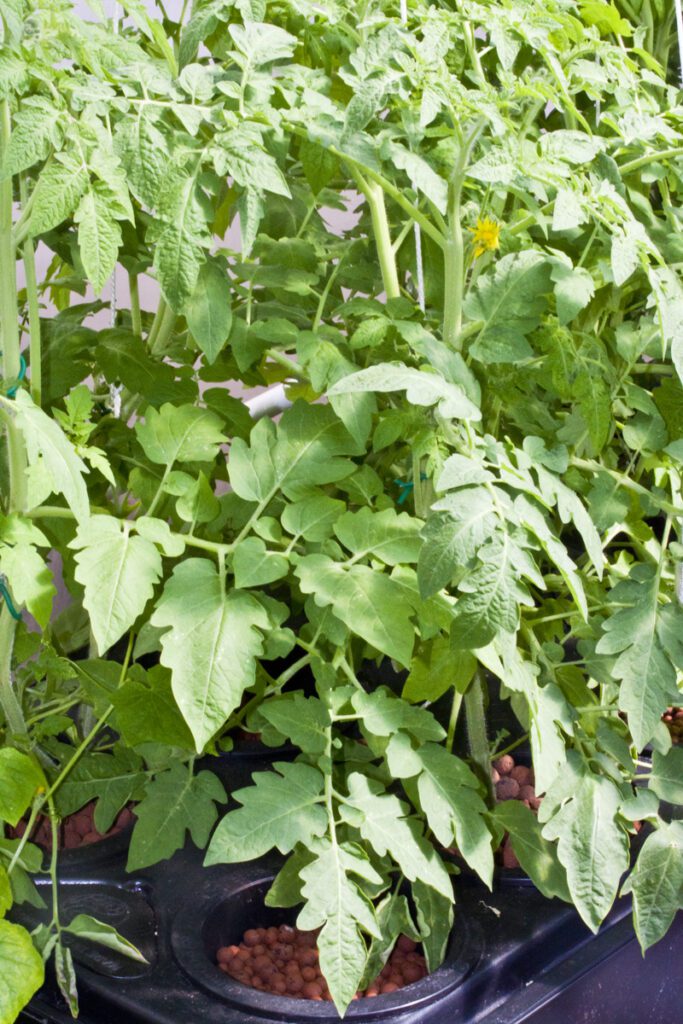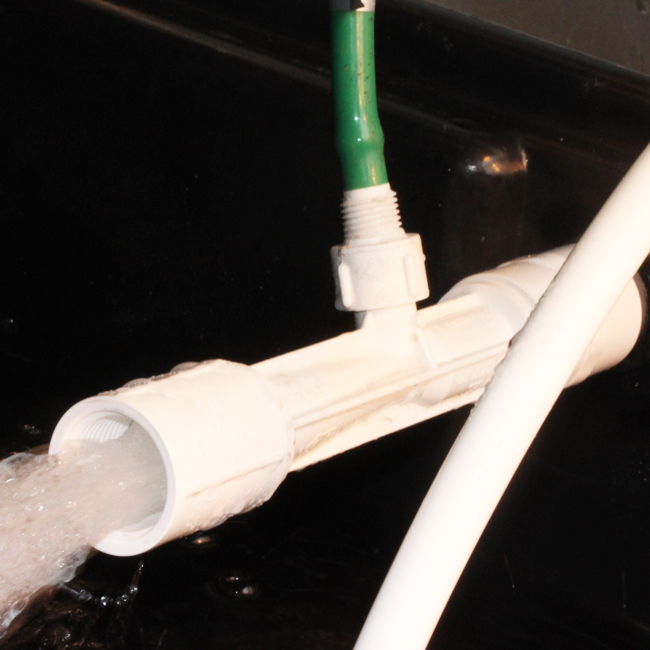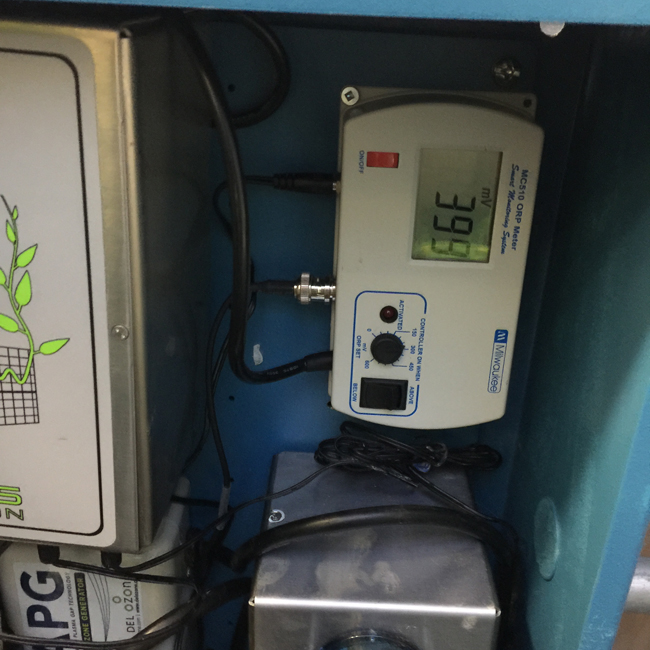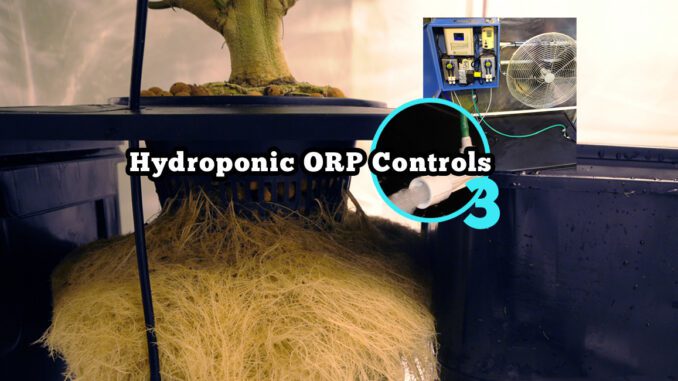
Hydroponic ORP Controls
Tuning Oxidizing Reduction Potential in Your Tank
When substances have an oxidizing effect, they can be useful in growing crops in hydroponics, and may also be beneficial in aquaculture or aquaponics. Oxidation essentially uses oxygen to break something down. Putting Hydroponic ORP Controls to work has a number of benefits for growers, especially in warm weather hydroponics, like those found in grow rooms or greenhouses—or even a hot patio in the summer time.
How Hydroponic ORP Controls Help-the H2O2 Example
It’s accepted, while not always widely known, that using friendly oxidators helps make life easier for the roots of plants in hydroponics systems. In contrast to soil growing where soil life is helpful, it’s often more productive to keep the nutrient solution hydroponic plants feed on free of microbial life, for example you don’t want to have high populations of fungal or bacteria varieties that may occur naturally in hydroponics. After all, when we build it, they come. However, oxidizers may be over applied, highlighting the need for hydroponic ORP controls. Hydrogen Peroxide is a perfect example of how having the right levels can make all the difference.
H2O2 (hydrogen peroxide) has been used by growers in hydroponics as a nutrient solution additive for quite some time now, often with mixed results.
When just the right amount is applied, it kills of bacteria and fungus in the nutrient rich water feeding hydroponic plants, leaving nothing but Oxygen and Water as a by-product.
However, apply too much H2O2 and the first step will be oxidation of your nutrients, usually the chealted ones like Iron (Fe). This can lead to nutrient imbalances that create a door way for problems. On the high end of over applications, strong oxidation can fry tender root systems, terminating crops.
Not knowing the level of oxidizing power in the solution is what keeps a lot of folks away from products like H2O2. Besides that, it needs to be replaced frequently, creating added cost and time in your garden. This makes Ozone (See Ozone in Hydroponics, below) a potentially more effective and cost conscious alternative
A device that measures the ORP (Oxidizing Reduction Potential) of the solution as H2O2 is added can tell you if you have added the right mount or not; a highly critical point.
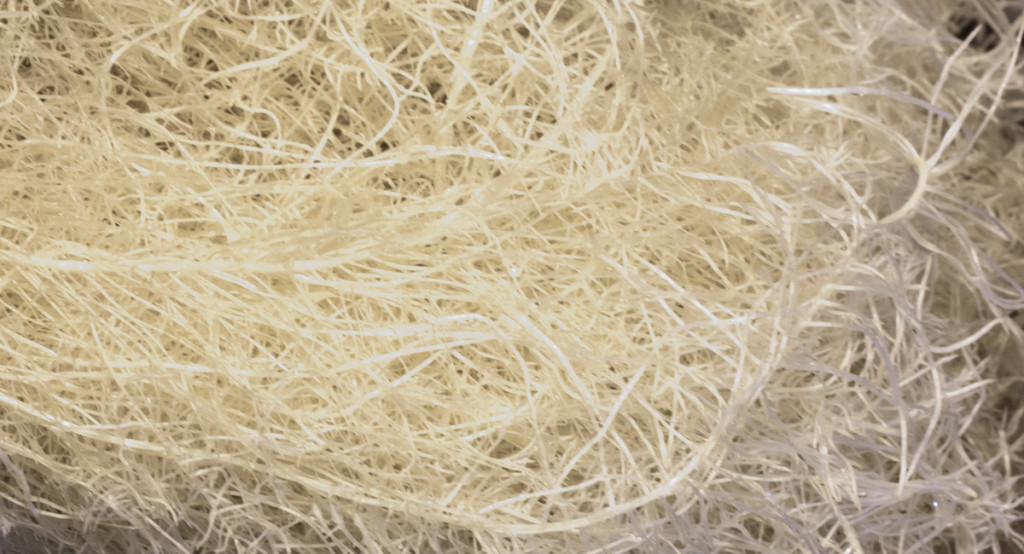
Hydroponic ORP Controls:
- Hydroponic ORP Controls can improve the accuracy and provide a fully automated way to create the optimal level of oxidative power in your nutrient solution.
- Ozone or H2O2 require little or no power to operate versus more energy intensive hydroponic water chillers
- Help to create and measure a healthy fungal and bacteria free nutrient rich solution for crop growth in hydroponics
- Can be used to create high levels of O3 (Ozone) in water to be used as sprays to kill of foliar diseases like powdery mildew; no chemicals, just water and oxygen as a by product while being a highly effective control
Effective ORP Ranges in Hydroponics:
- Monitored and referenced in mV (milliVolts)
- 300mV is a good place to start with hydroponics solutions
- 600+mV for use as a spray to control foliar diseases
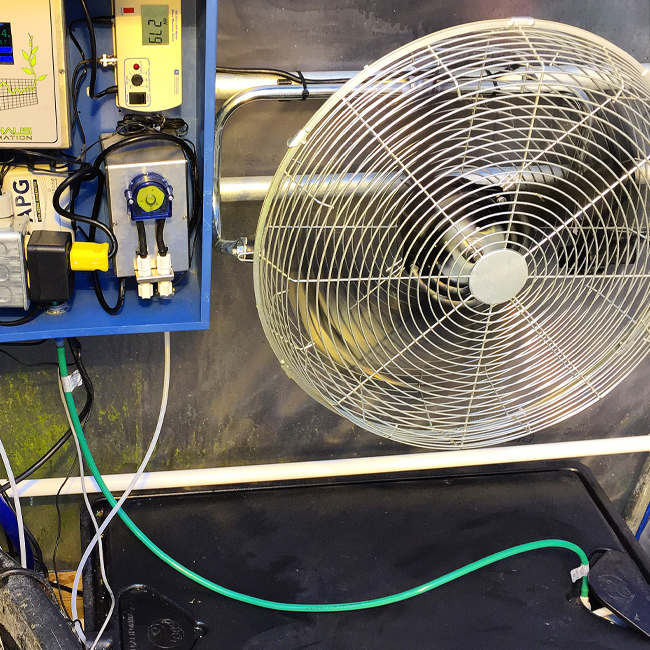
Ozone (O3) in Hydroponics
If you’ve been growing indoors for more than a decade, you may recollect the popularity of Ozone generators for indoor growing as an effective way to purify the air exhausted from outside of the grow room. For much the same reason H2O2 isn’t widely used, it’s because growers didn’t know the exact level that was mixing with the air from their Ozone generator-making it a hit or miss affair. When working with levels high enough to purify high volumes of air, miscalculations could prove dangerous or simply ineffective.
For hydroponics reservoirs, the output of the ozonator is relatively much smaller than those used to purify grow room air. Much, much smaller in fact. The one we have pictured here fits into the palm of your hand and consumes less watts than an ordinary household lamp.
- Reduces pH slightly in re-circulating hydroponics nutrient solutions (decreased organic load)
- Typically 0.5 to 1.0 PPM (parts per million) of O3 is the target level in recirculating hydroponics solutions
How to Apply Ozone in Hydroponics
Here’s a real world example of how we put Ozone to work in our back yard hydroponic greenhouse. Still testing at the time of this writing, about two weeks in, and things are looking great (updates will follow, as necessary)
Hydroponic System Volume: approx. 600L (Under Current Pro, Five Modules)
Ozone Device: 10 watts, 50-70 Milligrams O3 per Hour
Hydroponic ORP Controls: Milwaukee MC510 ORP Controller (set to 300-400mV)
Venturi Adaptor: injects ozone gas from Device to Nutrient Circulation in Under Current RDWC hydro system via Hydroponic ORP Controls. We are using a Mozzei Model #88K
How Does it Work?
- Hydroponic ORP Control is set to 300-400mV, set to activate on Drop (versus Rise)
- Place ORP sensor in reservoir/epicenter 2 cm from bottom, connect to Hydroponic ORP Control
- Connect Venturi adaptor to Pump Return in RDWC Epicenter
- Connect Venturi to Ozone Device (simple tubing and a flow check valve)
- Plug Ozone Device to Hydroponic ORP control
That’s it. In our system, before we plugged in the Ozone Device our mV reading on the hydroponic ORP monitor was 215mV, which is quite good. To maintain an elevated level of 300mV, the 50-70mg/hr O3 device cycles about every five minutes for a duration of around 5 minutes to maintain our target ORP level of 300mV in the 600L RDWC hydroponic system (Under Current Pro).
To date, we’ve been experiencing air temperatures of over 85 Deg F in our poly covered greenhouse, with supplemental lighting and co2. Traditionally, we would have installed a water chiller to make sure the temperature of the nutrient solution stayed below 75DegF for optimal results. The oxidizing effects at 300mV have promoted a healthy root zone, ie no “root rot” in hot weather without hurting the plants nutrient intake, ie no nutrient imbalances in our tomatoes and basil.
Conclusion:
Introducing Ozone into our RDWC System via Hydroponic ORP Controls has allowed us to save on energy and expense by not requiring a hydroponic chiller unit while maintaining a very high level of sanitation in the recirculating hydroponic system and rootzone without the use of chemicals (expense and potential hazard, no more).
TIP: It’s about PLANT TEMPERATURE; if the air is cool, heat the hydroponic solution, if the air is hot, cool the solution. This is much more efficient than heating or cooling the air, as the volume is considerably smaller and water is a better heat exchanger than air; one of the many productive advantages hydroponics growing offers.

